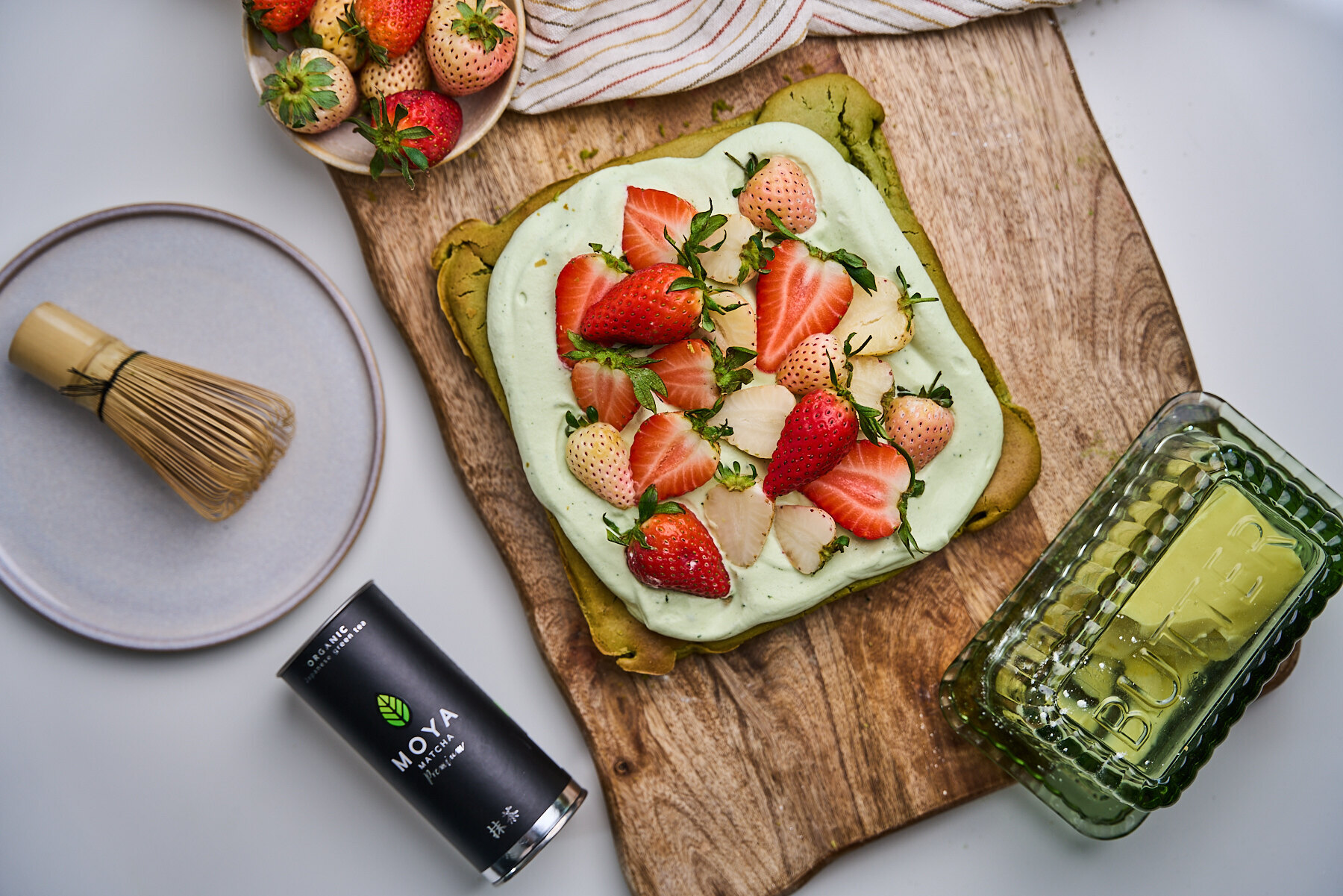Green tea constitutes a treasury of valuable nutrients and health properties. For whole millennia, it has been considered to be a medicine for the body, mind and soul. Its lovers reach for it for a myriad reasons. Some appreciate its stimulating, metabolism-boosting and slimming properties. Others appreciate its properties supporting the functioning of the digestive and immune systems, health-promoting richness of vitamins and de-acidifying effect. Its incredible calming and relaxing effect is often forgotten, yet it’s another great reason to enjoy green tea.
Green tea and L-Theanine
Green tea infusion does admittedly show stimulating properties, but – surprisingly – they go hand in hand with calming properties. Such effect can be observed due to presence of L-theanine, an amino acid found within green tea leaves. L-theanine stimulates the emission of alpha waves in the part of brain called cerebral cortex, inducing deep relaxation. This substance also helps to enter a state of “vigilant relaxation”, similar to what is achieved in the last stages of meditation. Another chemical compounds exhibiting desirable relaxing effect are the so-called tannins, widely present within numerous species of plants. Tannins reduce the stimulating effect of caffeine, preventing an unpleasant sense of over-stimulation.
Calming tea – meditation’s ally
Such calming effect of green tea has already been discovered over 1000 years ago by Chinese Taoists and Zen Buddhist monks. They would traditionally consume green tea infusions during their meditation practices. They noticed that it aids entering the state of deep relaxation by relieving all tensions. It preserves mental clarity without causing drowsiness. Green tea highly improved their ability to concentrate and made it easier to achieve maximum mindfulness. The monks would primarily consume matcha tea, in which the content of the aforementioned L-theanine is four times higher than within regular leaf green tea infusion. Such discrepancy stems from matcha’s unique cultivation method and finely powdered form, highly facilitating digestibility.
The tea ceremony as training of mindfulness
Another aspect of green tea, which successfully aids concentration, is the process of green tea preparation. For those who want to learn the proper way to prepare matcha, a step-by-step guide like Matcha Preparation can be incredibly helpful. The attentive and careful process of preparing your favourite infusion can then pose as a moment of escape from the surrounding reality. The quality of the infusion is determined by each smallest detail – the water temperature, the length of the tea brewing and the amount of dried tea leaves. Such ceremony is the moment, in which you can focus exclusively on yourself and the activity you’re undertaking. The brewing ritual aids clearing of the mind, offering natural stress relief and easing anxiety and showcasing the remarkable green tea calming effect – so much desired after a long day of struggling with everyday challenges.



